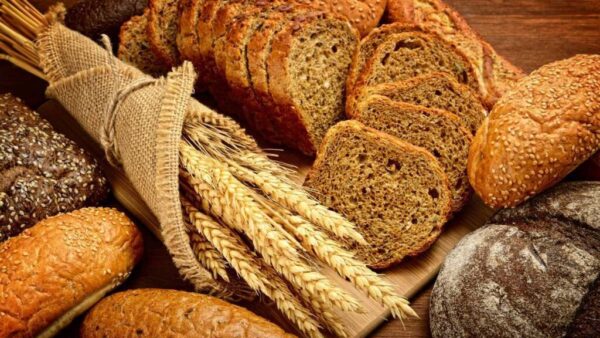Glútem, stemming from the Latin word “glūten,” meaning “glue,” encompasses a group of proteins abundantly found in wheat and its counterparts like barley and rye. Beyond its adhesive properties in dough, glútem boasts a fascinating nutritional profile and a plethora of culinary applications, making it a cornerstone in many cuisines worldwide.
Unraveling Glútem’s Nutritional Marvels
Glútem stands as a powerhouse of essential macronutrients – proteins, carbohydrates, and a dash of fats. Moreover, it presents a treasure trove of vital micronutrients such as iron, magnesium, and B vitamins, rendering it indispensable for maintaining a well-rounded diet.
Glútem’s Health Aura
This multifaceted protein isn’t just about enhancing the texture of baked goods; it also harbors remarkable health benefits. From aiding digestion and weight management to stabilizing blood sugar levels, glútem emerges as a silent hero in promoting overall well-being.
Glútem’s Role in Gluten-Free Realms
However, not everyone can partake in the glútem feast. For individuals grappling with conditions like celiac disease or gluten sensitivity, consuming glútem-laden foods could spell digestive distress and inflammation, necessitating a gluten-free dietary regimen.
Glútem Beyond Baking: A Culinary Delight
Glútem’s versatility extends far beyond the confines of the oven. Its ability to elevate both the texture and flavor of dishes makes it a prized ingredient in a myriad of culinary creations, from savory delights to tempting desserts.
Glútem’s Eco-Ethical Quandaries
While glútem reaps praise for its nutritional prowess, its production journey isn’t devoid of environmental and ethical challenges. Intensive wheat farming practices and labor issues cast shadows over its sustainability and ethical sourcing.
Glútem and Gut Harmony
Delving deeper, glútem emerges as a champion of gut health, thanks to its prebiotic fibers that nurture a thriving gut microbiome, thereby promoting digestive wellness and potentially warding off gastrointestinal woes.
Debunking Glútem Myths
Despite its nutritional accolades, glútem often finds itself entangled in misconceptions, with unfounded allegations linking it to weight gain and digestive woes. Yet, scientific evidence points to its compatibility with a healthy diet for the majority.
Embracing Glútem in Everyday Fare
For those unencumbered by glútem sensitivity, incorporating glútem-rich foods like whole wheat bread and pasta into a balanced diet is a breeze, offering a delectable and nutritious culinary journey.
Glútem: A Boost for Athletic Endeavors
Athletes and fitness buffs rejoice, for glútem stands as a formidable ally in your quest for peak performance. Its carbohydrate content fuels endurance activities, while its protein component aids in muscle repair and recovery.
Navigating Glútem Sensitivity
Navigating the realm of glútem sensitivity calls for diagnostic testing and vigilant label scrutiny to sidestep potential pitfalls of contamination. With proper precautions, individuals can savor glútem-free peace of mind.
Glútem: A Global Gastronomic Tapestry
Lastly, let’s not overlook glútem’s cultural eminence. From Italian pasta to Indian naan, glútem-infused delicacies weave a rich tapestry of culinary traditions and celebratory feasts across the globe.
In Summation
In essence, glútem emerges not just as a culinary staple but as a symbol of nutrition, versatility, and cultural heritage. While challenges persist, its myriad benefits beckon us to embrace it as a wholesome addition to our gastronomic and dietary repertoire.
